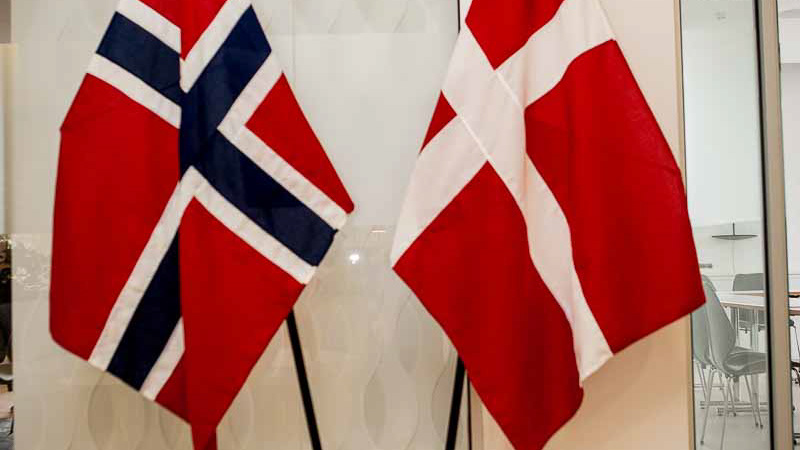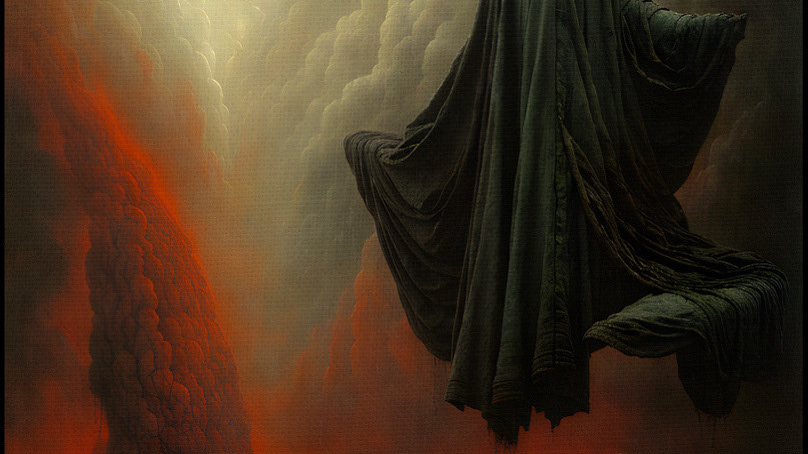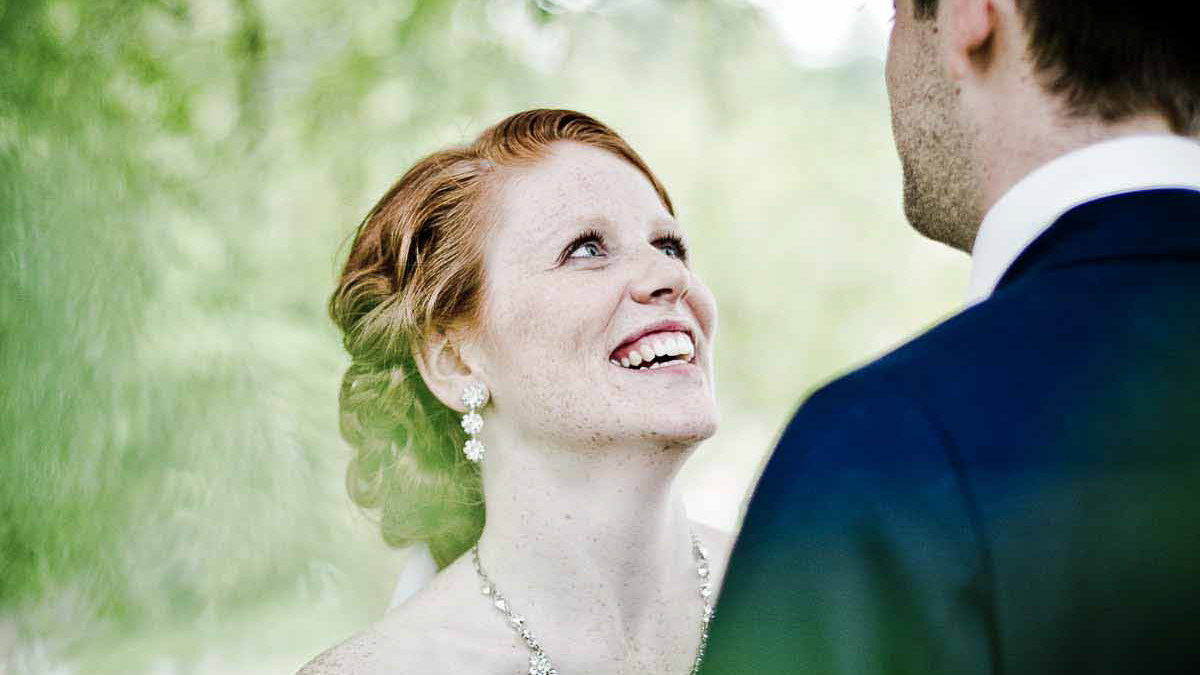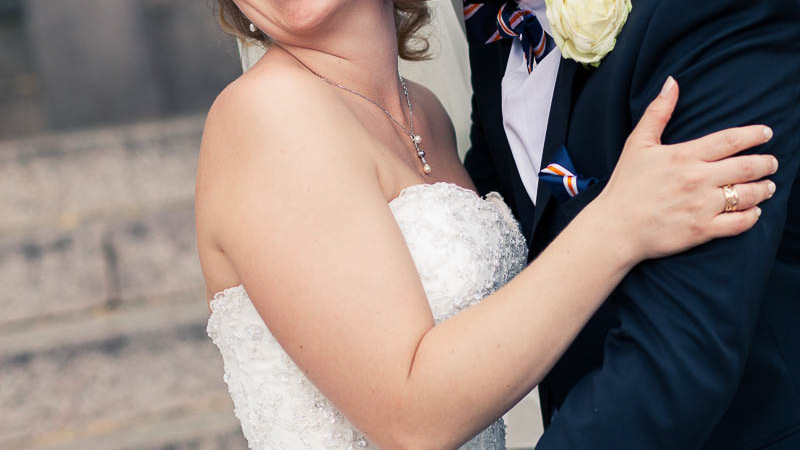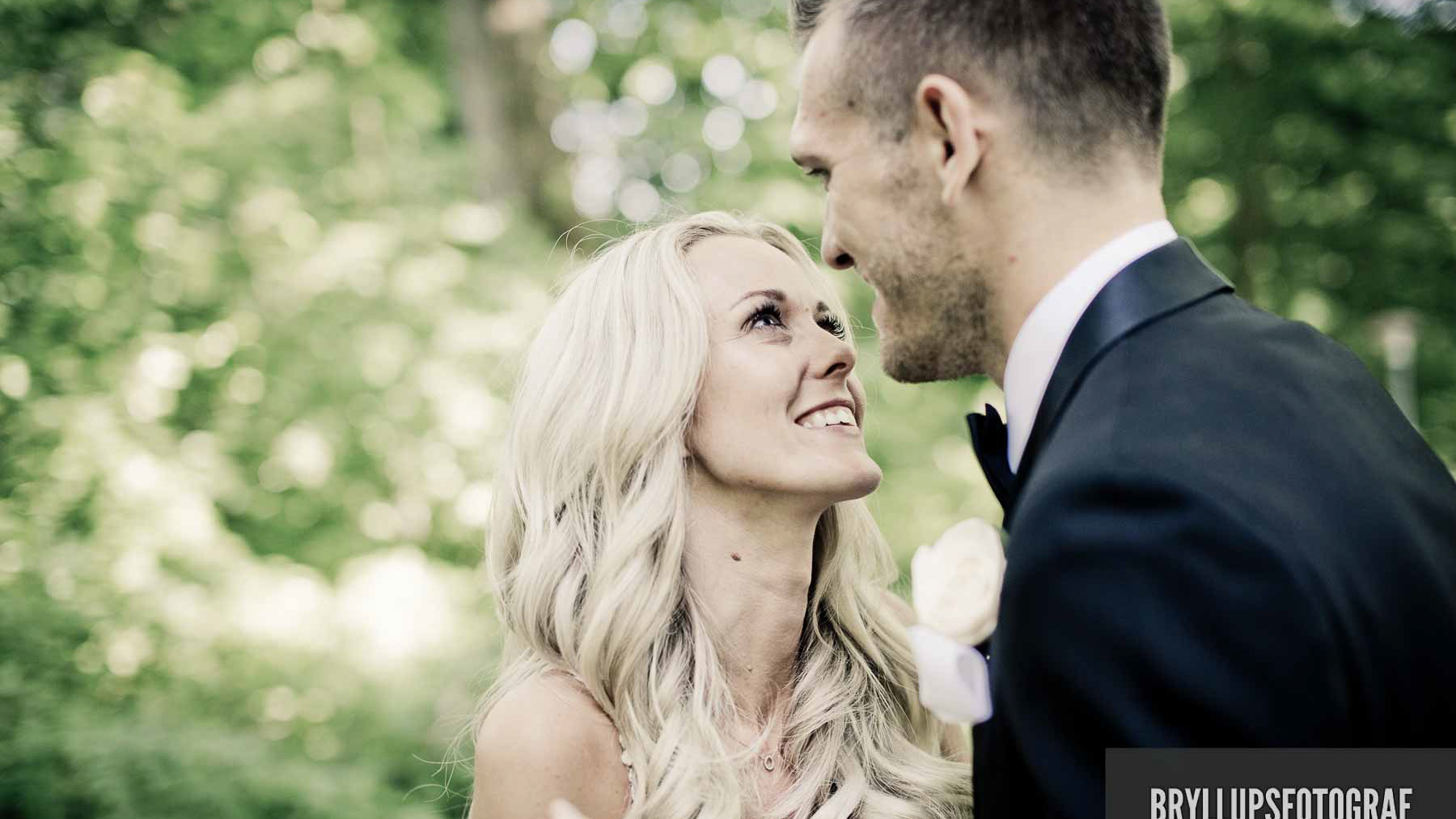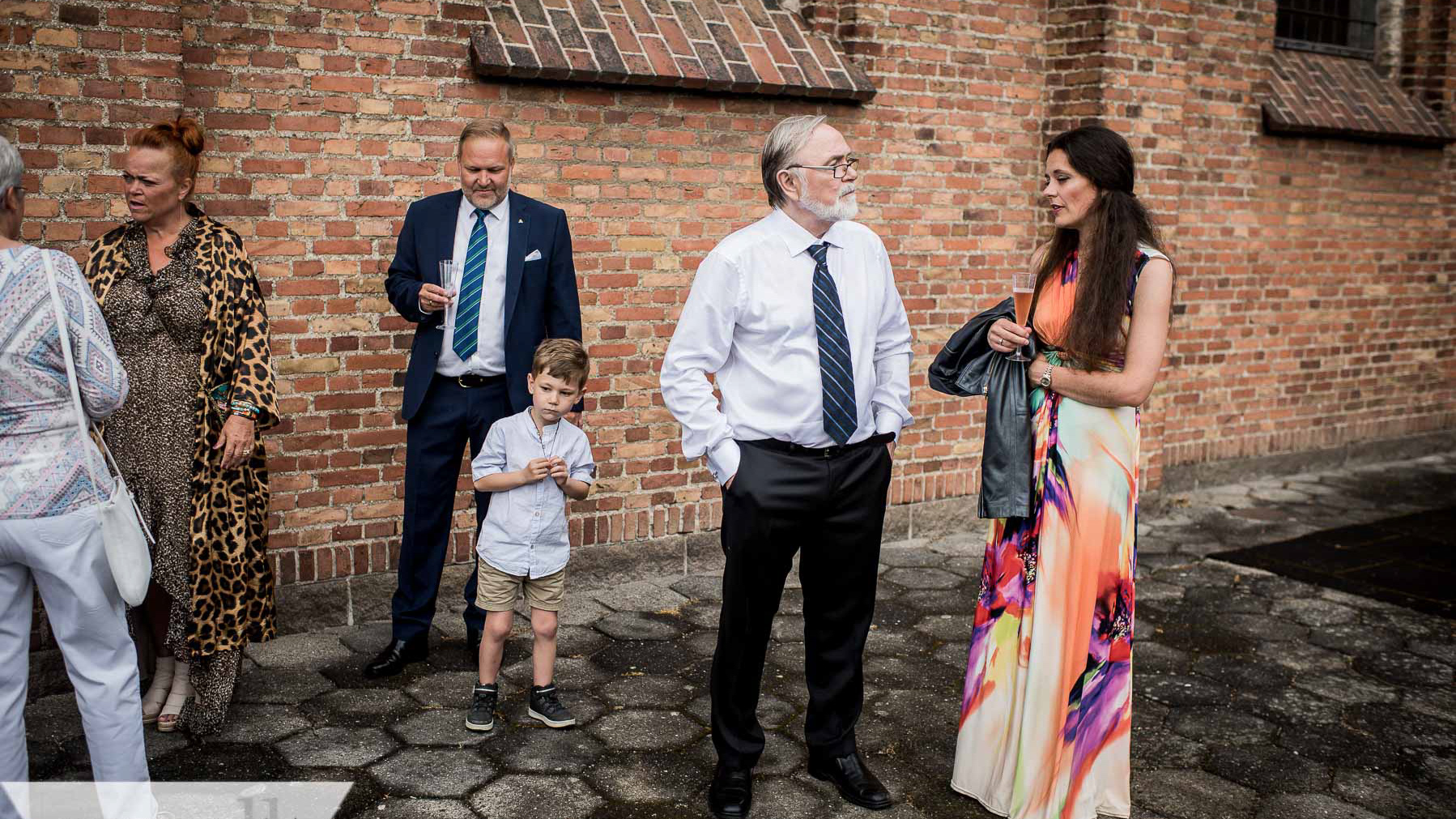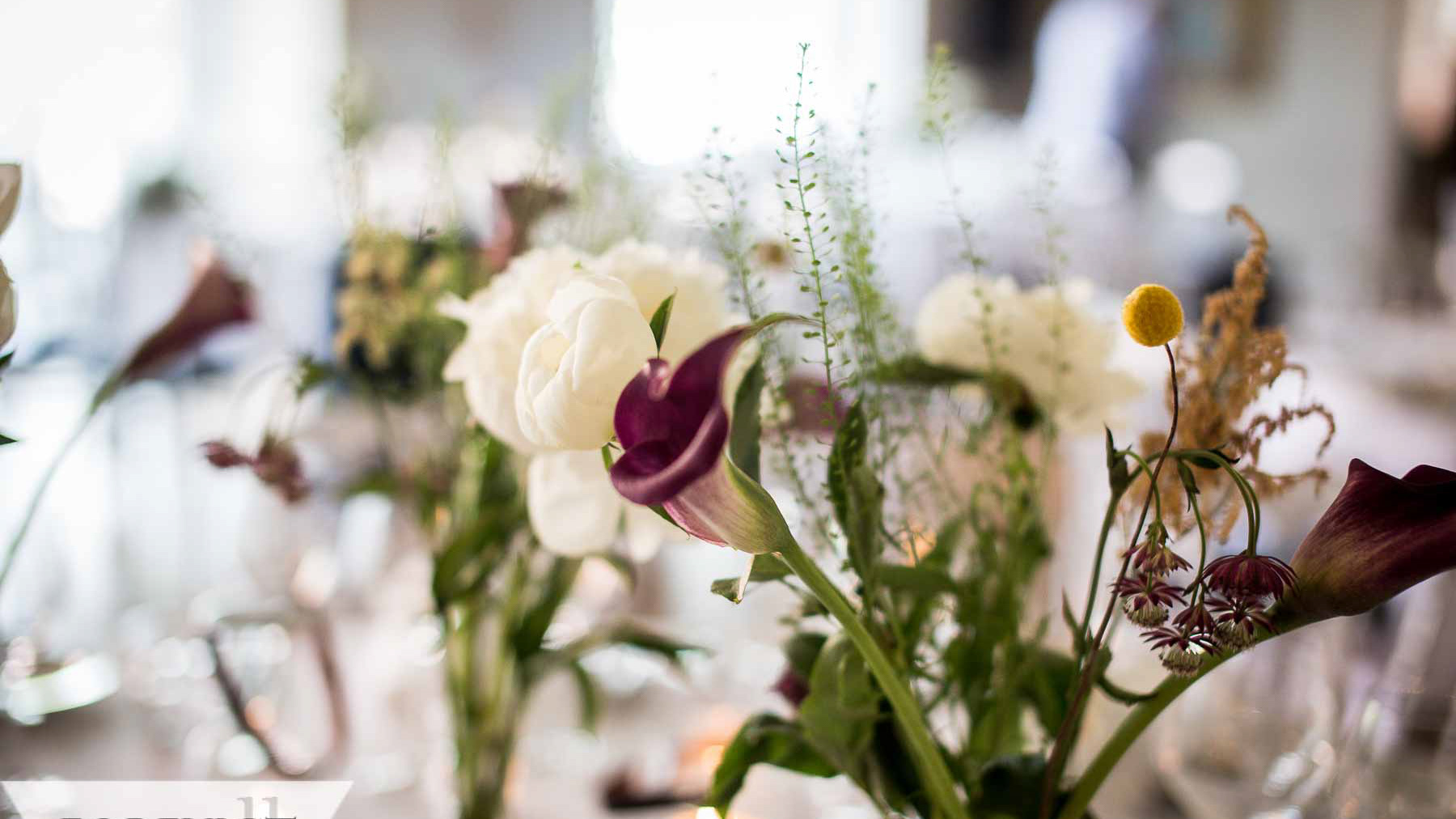Hairstyle Photography – A Rough Guide
Professional photography is often viewed as a job which grants a great degree of artistic freedom and creative latitude to its exponents. For a lucky few, usually at the top of their profession and with the corresponding degree of fame and cachet to match, this may be true. For most jobbing pros, however, an assignment will usually involve a very specific brief and a need to exercise a high degree of care and attention to detail rather than allowing an indulgence of artistic license.
Hair fashion photography is a good example. Most of us who’ve ever visited a stylist’s salon will have seen the sample portfolios of hairstyles when looking for some sort of inspiration for a new hairdo. Spare a thought, though for the professional who’s produced the images you’re looking at. For, while top fashion photographers can devote time and effort to art-for-art’s-sake, on assignments such as this, the photographer must always remember the cardinal rule of professional photography – you’re being paid to produce a product to meet the specific needs of the client.
In order to do this, the photographer needs to know and understand their subject. In this case, it’s not the model – it’s the hair. It’s of little value to the client – or their customer, for that matter, to produce a stunning photograph of the model which says little about the hairstyle.
On assignments such as this, it’s best to remember to keep the resulting image as natural as possible. It seems almost too obvious to say so, but one of the best ways to ensure a natural look is to use natural light. Use of flash is really best avoided except possibly for filling shadows and then with the flash used on the minimum power necessary. Anything more than this will probably necessitate the use of colour correcting filters – fine if you’re looking for artistic effect, not good if you’re looking to portray faithfully the look that the stylist has created.
The smart pro will also look to walk that fine line between producing a dull, head-on image of the model which risks showing the hairstyle as merely a frame to the face and falling into the trap of producing a clichéd shot which shows off photographic technique rather than the hairstyle. Often, a front three-quarter view will give a good impression of the style which you’re looking to capture – in some cases a rear three quarter might say even more.
Finally, use of a tripod is essential. Sharp focus is of key importance and camera-shake is a cardinal sin. The focal point is the hair itself, so use manual focus rather than trust the camera’s auto-focus which will naturally tend to bias to the model’s face rather than their hair.
